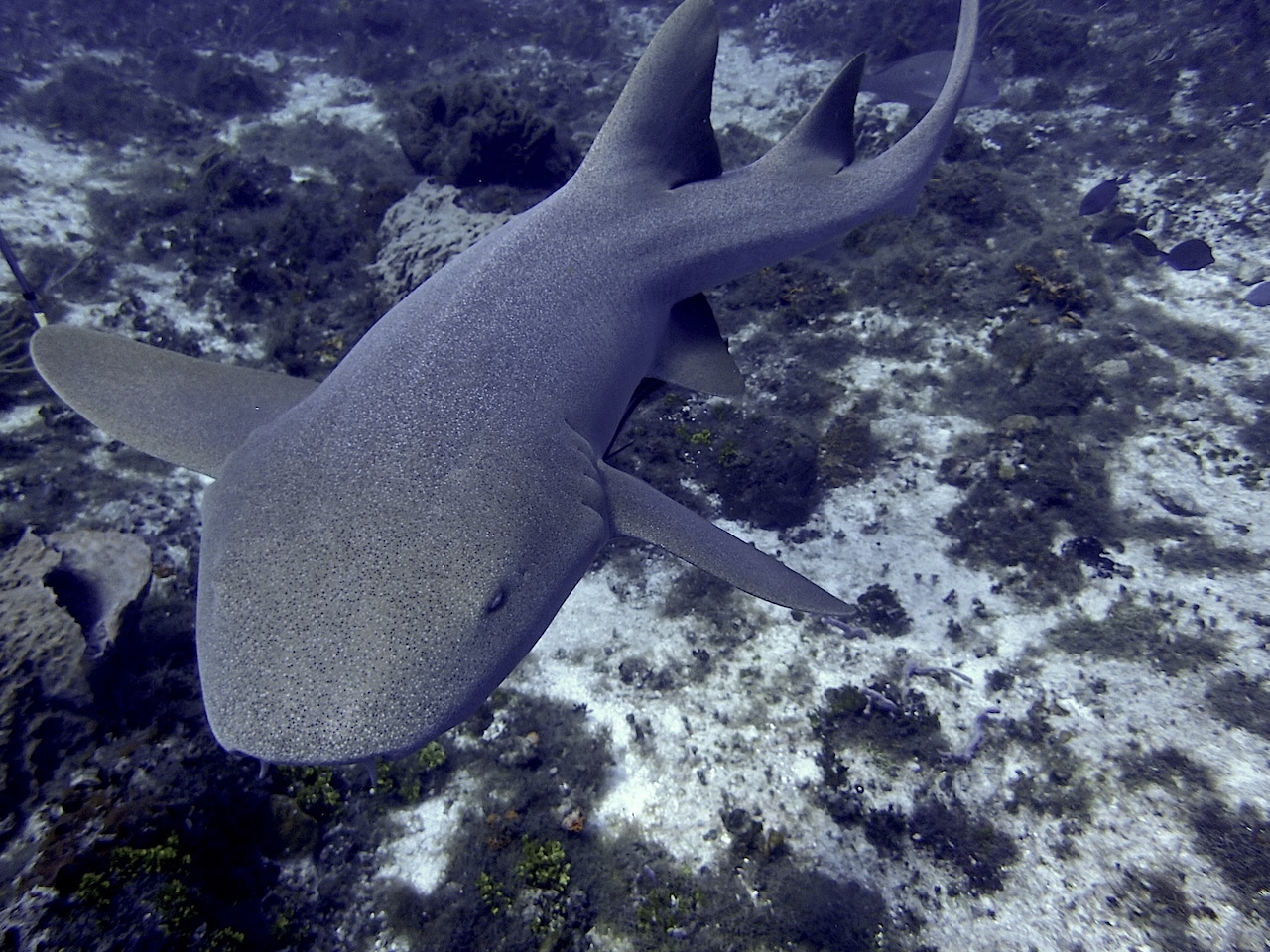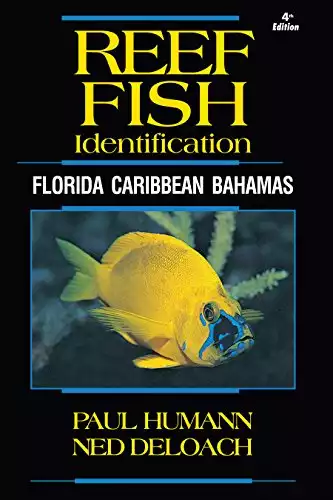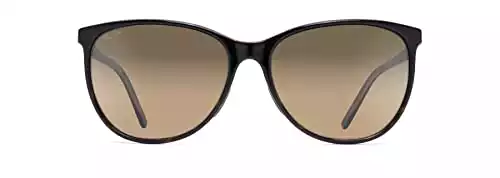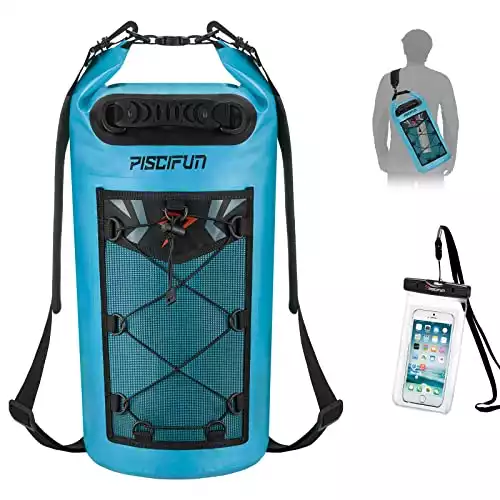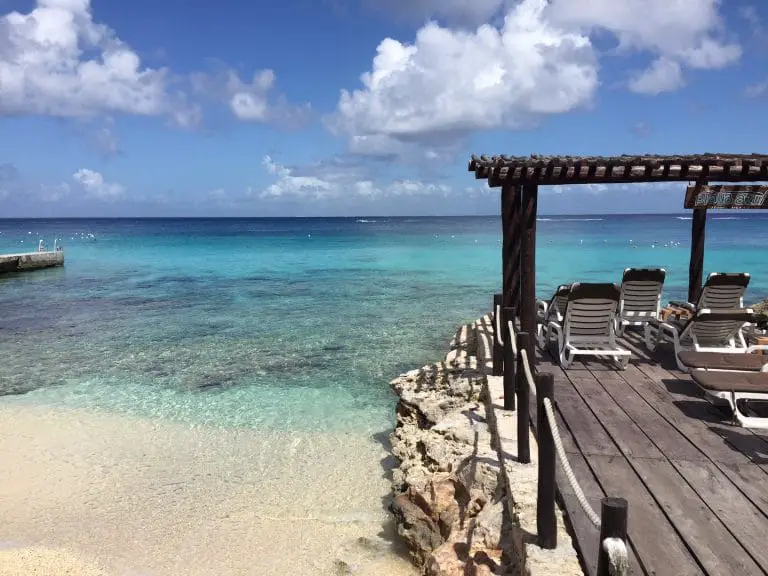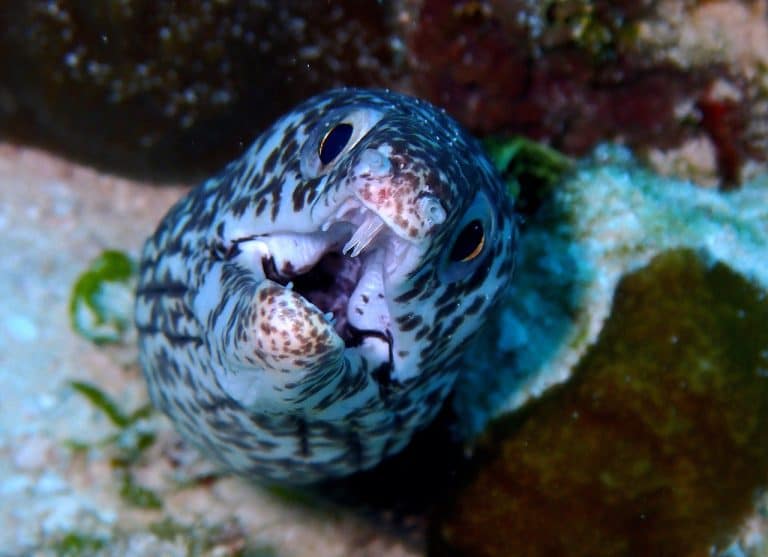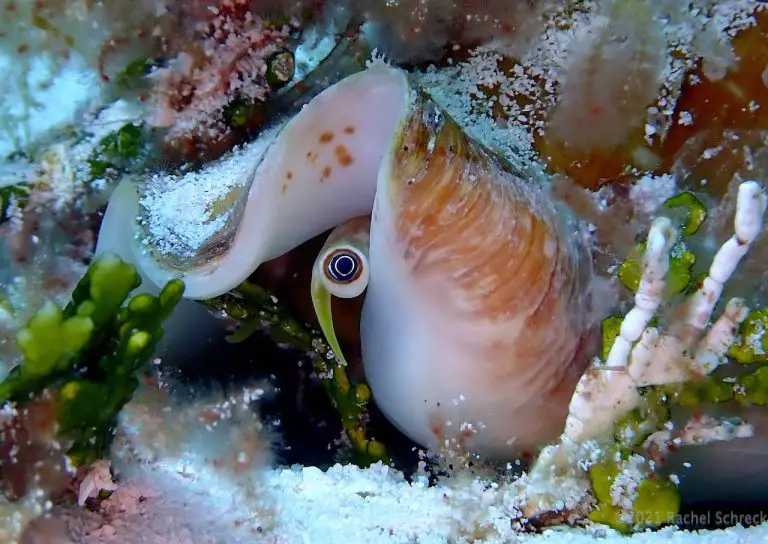Cozumel Diving: Diving with Nurse Sharks 101
The first time I saw a nurse shark in Cozumel, I was a new diver and it was my first shark encounter, ever. Was I a little scared? Admittedly, yes. Thankfully, now I know better.
Nurse sharks in Cozumel are completely safe to dive with, and are probably the most common and harmless type of shark that scuba divers encounter in this region. Atlantic nurse sharks are found along all the coral reefs and dive sites in Cozumel all throughout the year. Nurse sharks are also common in Florida, Cuba, and other dive sites in the Caribbean.
Your first few times, though? Come on – a shark is a shark!
Seeing the sleek shape of any shark, and the way they gracefully yet powerfully cruise over the reefs looking for their next meal really fills a diver with awe.
But should it fill you with alarm? We have several sharks in and near Cozumel, and the nurse sharks are perhaps the least threatening of the bunch.
FAQs About Diving with Nurse Sharks in Cozumel
These questions come up among new Cozumel scuba divers over and over, so here’s a roundup of introductory information on the Atlantic nurse shark population.
Is it Safe to Dive with Cozumel’s Nurse Sharks?
The short answer is “yes” – it IS safe to dive with the Atlantic nurse sharks in Cozumel. No alarm necessary.
There’s really no reason for you to be nervous around them, aside from the obvious healthy respect and space you should give all wild animals in their own habitat.
First of all, many nurse sharks you encounter while diving are seen during the day. They are often hiding out behind rocky walls, or under outcroppings of the coral reef. They’re also usually napping!
That’s right, Cozumel’s nurse sharks do a lot of loafing around during the day. They’re known to be primarily nocturnal, saving much of their hunting for after dark.
And lots of their sleeping for the day time.
If you are doing a night dive in Cozumel, you might get lucky and see them cruising along on the prowl. That kind of sighting might be a bit startling, as you’ll suddenly see one come into your flashlight beam from out of the dark!
But rest assured when you do cross paths whether day or night, you’ll get a nice view, but they’ll do their best to avoid you. They’re primarily on a mission for food.
What Do Nurse Sharks Eat?
Don’t worry, their food doesn’t include you.
Nurse sharks use their two, “antenna-like” growths on either side of their face – called barbels – to sense potential prey and find their next meal.
At first, the barbels kind of look like fangs. But they’re sensitive, fleshy growths that allow them to skim around the reef and the sand to hunt (similar to the barbels also found on their cousin, the whale shark).
According to National Geographic, nurse sharks detect prey and then use a vacuum maneuver to “suck in” soft animals like fish, shrimp, and squid. But they’re easily capable of chowing down on hard shellfish and coral, too. Their jaws are strong enough for that.
And like other sharks, they have multiple rows of small but very sharp teeth.
The teeth can be seen here, on a nice close picture I took during a day dive in Cozumel:

Are Nurse Sharks Vegetarians?
I don’t think I’m the only one, but early on in my diving career, I was told – several times, even – that nurse sharks were “vegetarians.” Is this true or false?
False!
Clearly, the Nat Geo information above proves that notion wrong. And so does this additional feeding info from the Nurse Shark page at the US National Aquarium’s website, that describes nurse sharks even eating urchins, lobsters, and stingrays.
Back then, I’m guessing some kind veteran diver was just trying to reassure me that nurse sharks are gentle and have no interest in snacking on human flesh.
I can certainly now attest to the fact that they have no interest in people, at all. If you’re diving in Cozumel nurse sharks might come a little close, but overall they avoid people. As an underwater photographer, this causes me a great deal of frustration!
But would they ever bite?
Do Nurse Sharks Ever Bite People?
I feel like a broken record, but nurse sharks in Cozumel are really, truly very safe to dive with.
But like any animal in the wild, a nurse shark may react aggressively if provoked.
Combine their rows of sharp teeth, with a strong jaw, and a spooked wild shark? That could be trouble, for sure.
I found this excerpt from an article on Mental Floss that summarizes it perfectly:
Underestimate this animal at your own risk. Because nurse sharks are sluggish by nature, commonly kept in aquariums, and don’t possess large teeth, a lot of people who swim or dive in their natural habitat assume that the fish aren’t dangerous. But these predators can crush clams between their teeth and generate enough suction to rip a full-grown conch right out of its shell—so you don’t want one latching onto your arm. (link: here)
But remember, that’s only if you provoke the animal!
The more you dive with sharks, you’ll see that they’re cool to watch, but they basically want to be left alone, to do their thing. Just play nice. Don’t wake them up. Don’t nudge them out of their hole for a photo op (yes, people still do that. Very bad form). And don’t get between them and their food.
Just don’t touch and do the right thing. Always. It’s simple.
Are Nurse Sharks Endangered?
According to the Florida Natural History Museum, the data on nurse sharks are insufficient to deem them endangered. But their studies show that their numbers have declined in the last few decades.
In Cozumel, we can anecdotally agree. We see far fewer Cozumel nurse sharks in the last several years than people used to encounter, at least in the marine park dive sites.
Then again, sadly that can be said of a lot of our marine life.
Nurse sharks are sometimes fished (or poached, really, if they’re caught by inside the boundaries of the national marine park). The marine park waters are supposed to be a protected area.
Bigger challenges are probably greater changes to the climate, the water temperatures, and in turn, the abundance of other creatures they feed on. Any subtle changes to the food chain could lead to a related change in sharks’ habitat and behavioral patterns.
Hopefully, we can peacefully observe nurse sharks while diving in Cozumel for many years to come.
For now, any month you are here, you will likely get to see at least one or two during your week of diving – maybe more!
Get to Know Your Cozumel Sharks and Other Marine Life
Getting a set of these Caribbean fish, coral, and creature ID books has really enhanced my diving in Cozumel, especially since I take a lot of underwater photos.
Following up some dives with a quick review of what you saw that day is a fun and educational way to really get to know the local Cozumel dive sites and the typical marine life you start to see, over and over.
Learn more about Cozumel's fish - including sharks, rays, and eels
CozInfo’s Cozumel Packing Essentials:
|
3.5
|
3.5
|
3.5
|
3.5
|
|
$19.99
|
$249.00
|
$59.95
|
$22.99
|

